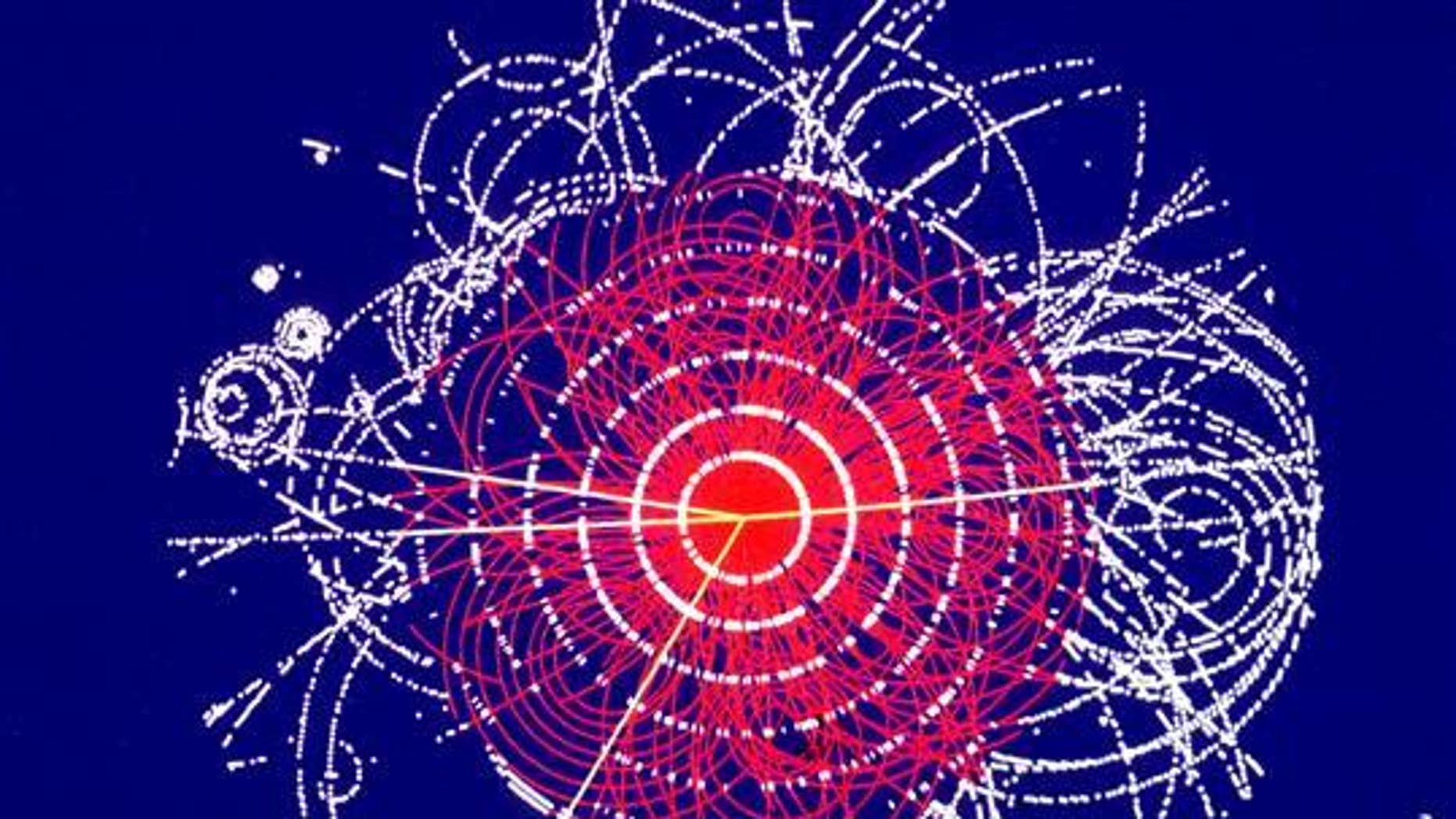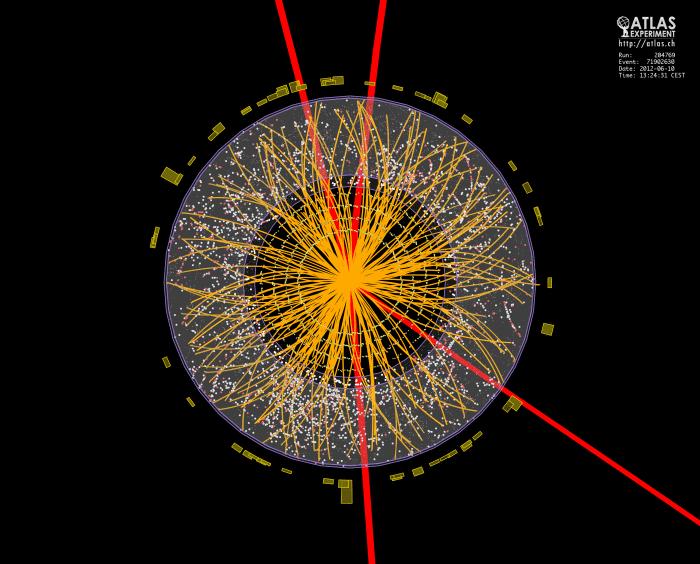

institutions–including 89 American universities and seven U.S. contingents of the CMS and ATLAS experiments, respectively. Fermi National Accelerator Laboratory and Brookhaven National Laboratory host the U.S. Hundreds of scientists and students from American institutions have played important roles in the search for the Higgs at the LHC. 16, for two years of maintenance and upgrades, but researchers will continue to study the data collected before the shutdown. The analysis included the data from about 500 trillion proton-proton collisions collected in 2011 and from about 1,500 trillion collisions in 2012. "Now, we're just trying to establish the properties." "When we discovered the particle, we knew we found something significant," ATLAS scientist and New York University professor Kyle Cranmer said. The ATLAS and CMS collaborations have analyzed two and a half times more data than was available for the discovery announcement in July, and, in their preliminary results, they find that the new particle is looking more and more like a Higgs boson. The pale blue volume shows the CMS crystal calorimeter barrel. The yellow lines are the measured tracks of other particles produced in the collision. The latest results indicate that the new particle is sticking to the Standard Model's script.Ī typical candidate event including two high-energy photons whose energy (depicted by red towers) is measured in the CMS electromagnetic calorimeter. Scientists have specific predictions for how often a Standard Model Higgs boson of a certain mass will decay into different patterns of particles. The heavy particles are unstable and decay almost immediately into pairs of less massive particles. The energy of those colliding protons can briefly convert into mass, bringing into being heavier particles such as the Higgs bosons. Researchers look for the Higgs boson at the LHC by accelerating protons to high energies and crashing them into one another. But it is satisfying to come a step closer to validating a 48-year-old theory." "We still wouldn't understand why gravity is so weak and we would have the mysteries of dark matter to confront. "Clear evidence that the new particle is the Standard Model Higgs boson still would not complete our understanding of the universe," said Patty McBride, head of the CMS Center at Fermilab. The discovery of such a particle could finish a job almost five decades in the making: It could confirm the last remaining piece of the Standard Model of particle physics, a menu of the smallest particles and forces that make up the universe and how they interact.Īlthough scientists will need to analyze substantially more data before they can conclusively declare the new particle is the Standard Model Higgs boson, results announced today at the Rencontres de Moriond conference in La Thuile, Italy, bolster scientists' confidence that the particle they discovered is the Standard Model Higgs. On July 4, physicists on the CMS and ATLAS experiments announced the discovery of a particle with a close resemblance to a Higgs, a particle thought to give mass to other elementary particles. The new particle discovered at experiments at the Large Hadron Collider last summer is looking more like a Higgs boson than ever before, according to results announced today. The smaller inset shows a zoom into the vertex region, indicating that the 4 leptons originate from the same primary vertex. The larger inset shows a zoom into the tracking detector. Muon tracks are colored red, electron tracks and clusters in the LAr calorimeter are colored green. The event was recorded by ATLAS on 1, 11:07:47 CEST in run number 205113 as event number 12611816. The masses of the lepton pairs are 87.9 GeV and 19.6 GeV.

Event display of a H -> 2e2mu candidate event with m(4l) = 122.6 (123.9) GeV without (with) Z mass constraint.


 0 kommentar(er)
0 kommentar(er)
